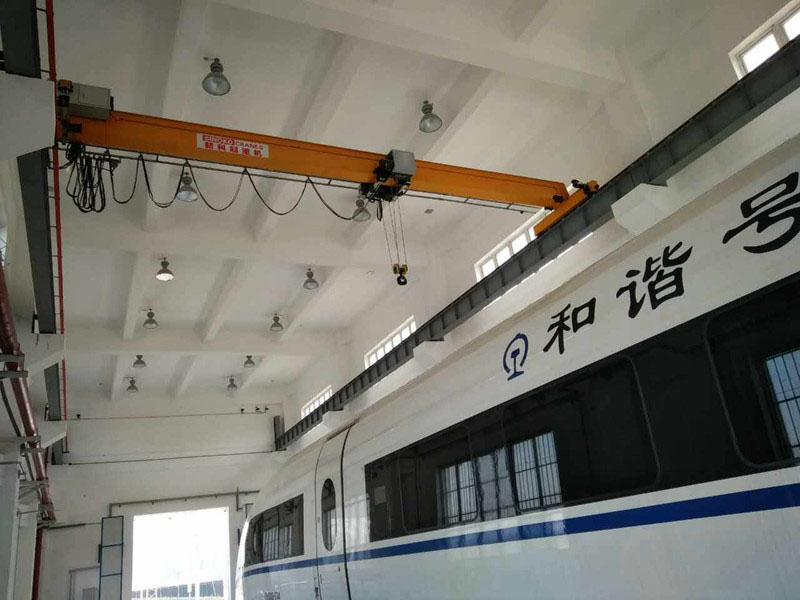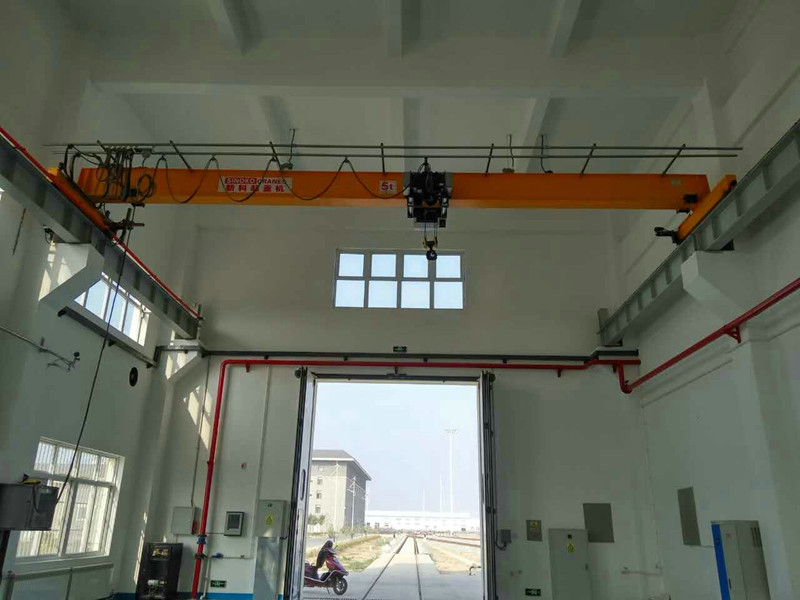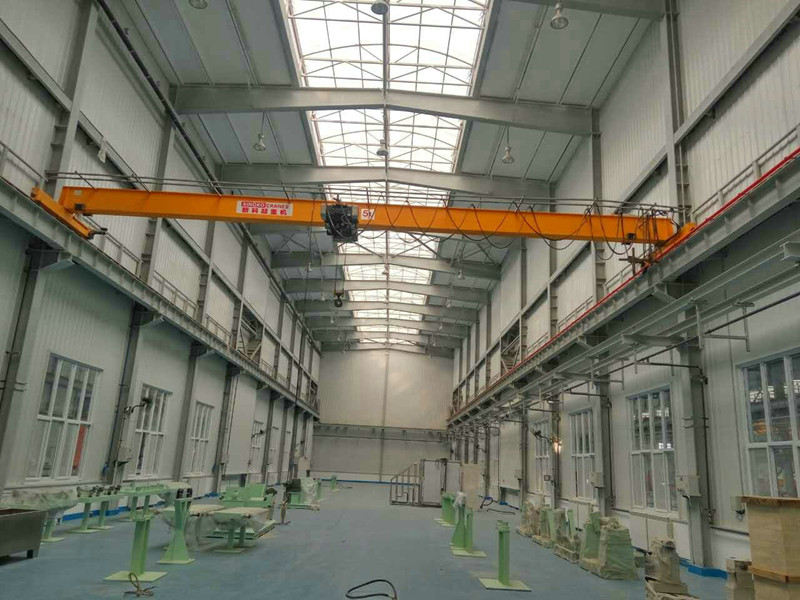The Single Beam Bridge Crane from Sinokocranes is a robust, flexible, and cost-effective lifting solution that meets a broad range of industrial applications. It's ideal for handling tasks in industries such as manufacturing, warehousing, construction, and more. The crane is designed to effortlessly lift, move, and position loads, making it an essential tool for many operations.
The main components of the Single Beam Bridge Crane include:
Single Girder: This forms the main bridge of the crane, which supports the trolley and hoist.
Hoist: The unit that lifts and lowers the load.
Trolley: Carries the hoist and moves along the girder.
End Carriages: These facilitate the movement of the crane along the runway.
Control System: Facilitates the operation of the crane, ensuring smooth and safe operations.
Types of the Single Beam Bridge Crane
Sinokocranes offers different types of Single Beam Bridge Cranes to cater to varied operational needs:
Top Running Single Beam Bridge Crane: Ideal for operations requiring high capacities and wide spans.
Underhung Single Beam Bridge Crane: Perfect for facilities with limited headroom or where hook height is critical.
· Less expensive due to a simpler trolley design, reduced freight costs, simplified and faster installation, and less material for the bridge and runway beam.
· Lower loads on the building structure or foundations due to a reduced deadweight. In many cases, it can be supported by existing roof structure without the use of additional support columns.
· Better hook approach for both trolley travel and bridge travel.
· Easier to install, service, and maintain.
· Ideal for workshops, warehouses, material yards, and manufacturing and production facilities.
· Lighter load on runway rails or beams means less wear on the beams and end truck wheels over time.
· Great for facilities with low headroom.
















